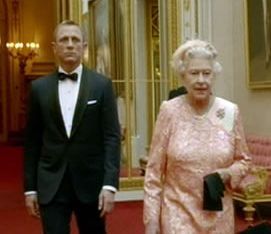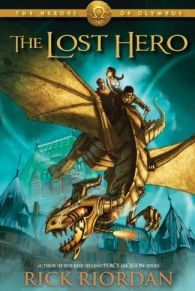Young adult fiction
October 24, 2013 6 Comments
“How did you spend your weekend?” Apollonia asked. “Gambling? Moping?”
“Mostly moping,” I said. “Also reading young-adult fiction.”
She roared with laughter. She, of all people, knows what I mean. Apollonia is the world’s most tragically obsessed Twihard, and would happily pluck a leftover egg-salad sandwich out of the garbage and eat it, if there were any chance it had been gnawed on by Robert Pattinson. It goes without saying that she knows the Stephenie Meyer books by heart, the way Islamic clerics know the Koran.
Naturally all of us read the Harry Potter books, though they were “too young for us.” Why? Because they were well-told stories, and entertaining, and full of conflict on every level. They ask questions like: why is my family (and Professor Snape, for that matter) so mean to me? Why won’t Hermione and Ron realize they love one another? Why is Lord Voldemort trying to kill me? Also, the novels funny and colorful and full of incident. (There are some dull patches – the middle third of “Deathly Hallows,” in which Ron and Harry and Hermione wander around in the wilderness and snipe at each other, was pretty deathly itself – but overall these books move pretty briskly. And who doesn’t like a six-hundred page book that moves along briskly?)
Also, some years ago, I discovered Diane Duane’s “So You Want to Be A Wizard” series, which is serious fun. Who doesn’t want to be a teenage wizard? You get to save the planet, and sometimes the entire galaxy, over and over again. You get to meet interesting people like the Archangel Michael and Satan. And Diane Duane can really write; she’s light-years ahead of Meyer, and I think she writes more fluently than Rowling. Naturally you really ought to read the books in order, but I didn’t, and I don’t think I missed out too much. I especially like “A Wizard Abroad,” in which a New York girl (and secret wizard) is sent off to Ireland to visit relatives, and ends up discovering an entire world of Celtic folklore, helps to reenact the Battle of Moytura, and (incidentally) saves the world one more time. (Diane Duane also maintains a great Tumblr in which she interacts with readers and fans – I don’t know how she finds the time – and is very obviously a funny and generous person. This makes me like her writing even more.)
And if you still find yourself with time on your hands, try Rick Riordan’s Greek-mythology series – the five novels of “Percy Jackson and the Olympians” and the three novels of “Heroes of Olympus” he’s published for far. (The fourth, “The House of Hades,” is due out around the time that this blog is to be published; the series is set to conclude a year from now.) These are reimaginings of Greek and Roman myths, set in modern America; they’re goofier than the “Wizard” books, and the humor can be juvenile, but the stories are gripping (let’s face it, Greek mythology is good source material), and there are some nice touches. (If you saw the first movie based on the series, “The Lightning Thief,” rest assured that the books are much better.)
I could go on. Do Tove Jansson’s Moomin books count as Young Adult? Parts of them skew a little young (even for me!), but I love them anyway.
J. R. R. Tolkien said it best, in his essay “On Fairy-Stories”:




